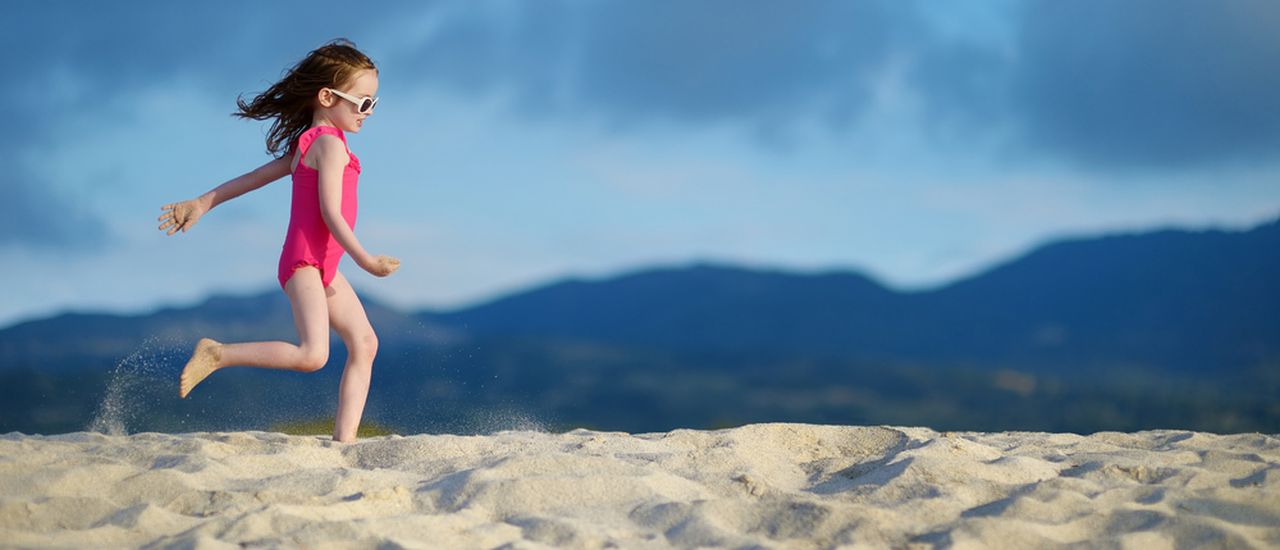Summer holidays are finally here, and we’re taking the kids to the beach, into parks and into crowded places. Every year, hundreds of children go missing or get lost over the holidays, and at this time of year it’s more important than ever to keep track of excited children, and ensure everyone stays safe.
When it comes to keeping kids safe in crowded places, here’s what you can do:
First things first
Before heading out to the beach, an amusement park or any public place that’s going to the be crowded, speak to your children about the ground rules: no running off, staying insight, no swimming on their own, and definitely no talking to or walking off with strangers. Make sure that they have some sort of identification on them and your phone number.
If they’re old enough to have a mobile phone, make sure they have your phone number on speed-dial.
When you get to the venue
Find out where the nearest information desk is and make sure your children know to go there if they get lost. If you’re at the beach, you can make the meeting spot at the lifeguard station, or anywhere that’s easily visible. Explain that they shouldn’t approach just any adult for help, but to wait at the designated meeting spot until you or another family member gets there.
If you have to walk a long way through a crowd, use the “daisy chain” approach; everyone holds hands, no exception. If someone needs to go to the bathroom then they must be accompanied.
A little bit more about beach safety
At South Africa’s many beaches, you’ll find safety precautions on notice boards and, during the busy festive season, lifeguards are appointed to monitor and enforce beach safety procedures.
Remember that swimming is not permitted anywhere at the beach – flags are placed in the sand near the water’s edge to show which areas are safe for swimming. It’s very important to only swim between these flags, as swimmers can be caught in rip currents outside of designated areas and find themselves in trouble.
Beaches in many parts of the country don’t have shark nets, and bathers need to be aware of this. At selected beaches, there are dedicated “shark spotters” and flags are put up daily to indicate the presence of sharks. This is what the different coloured flags indicate:
- A green flag means the water is clear and no sharks have been spotted.
- A black flag means that the water is too murky for the spotters to see anything.
- A red flag means that a shark has been spotted on that day, but is no longer visible to spotters.
- A white flag with a black shark means a shark has been sited and you should not be in the water.
At beaches that have shark spotters, sirens will sound if a shark is spotted in the vicinity. If you’re in the water when this happen, get out quickly but calmly. The flag will be changed if the shark moves safely away and it’s safe to go back into the water.

